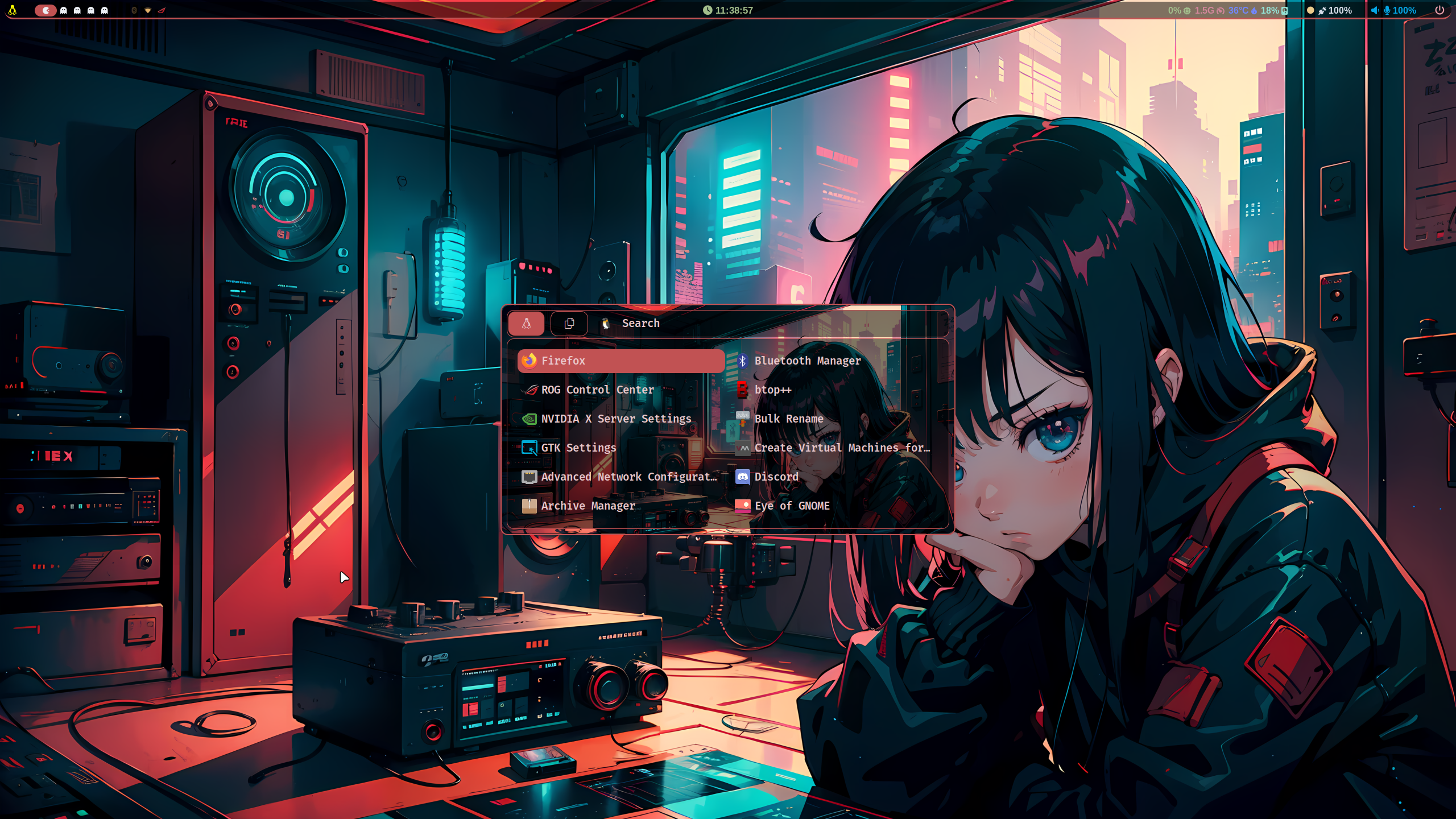Introduction
With only a general knowledge of Linux, I started with simpler distros like Ubuntu and Linux Mint. After gaining some experience, I moved to Arch Linux, which I used for over a year. Recently, I decided to explore an alternative distro, so I gave Fedora 40 a try.
Arch Linux is highly customizable, especially with the KDE desktop, but configuring printers, scanners, and other hardware was tedious. Some updates even caused issues with existing software, although this was rare. After reading many reviews and trying several other distros, I settled on Fedora 40—and so far, it’s been a great experience.
What I like about Fedora 40
- Quick and Easy Installation: The Fedora installation process is simple and fast.
- BTRFS File System: Fedora 40 uses BTRFS by default (without a “.snapshots” subvolume). This made installing Snapper and setting up its configuration easy. In contrast, Arch Linux automatically creates a “.snapshots” subvolume, which complicated setting up Snapper.
- If you decide against Snapper then installing Timeshift is the next best option.
- Straightforward Virtualization Setup: Installing virtualization tools is a breeze with the command:
sudo dnf install @virtualization. This installs QEMU, KVM, Virt-Manager, and libvirt. Adding my user to the “libvirt” group withsudo usermod -aG libvirt $(whoami)allowed me to start creating virtual machines with Virt-Manager right away. - GNOME Desktop: The default GNOME desktop took some getting used to after KDE, but I quickly adapted. I also installed a custom version of Hyprland, which I really like. You can check out the creator’s GitHub page and a helpful YouTube tutorial.
- Last but not least I find Fedora 40 to be very stable and the detection and instillation of peripheral hardware to be excellent.
Overall, Fedora 40 has been a solid choice, and I highly recommend checking out the official Fedora documentation for more details. So weather your new to Linux or not see is Fedora is right for you.

